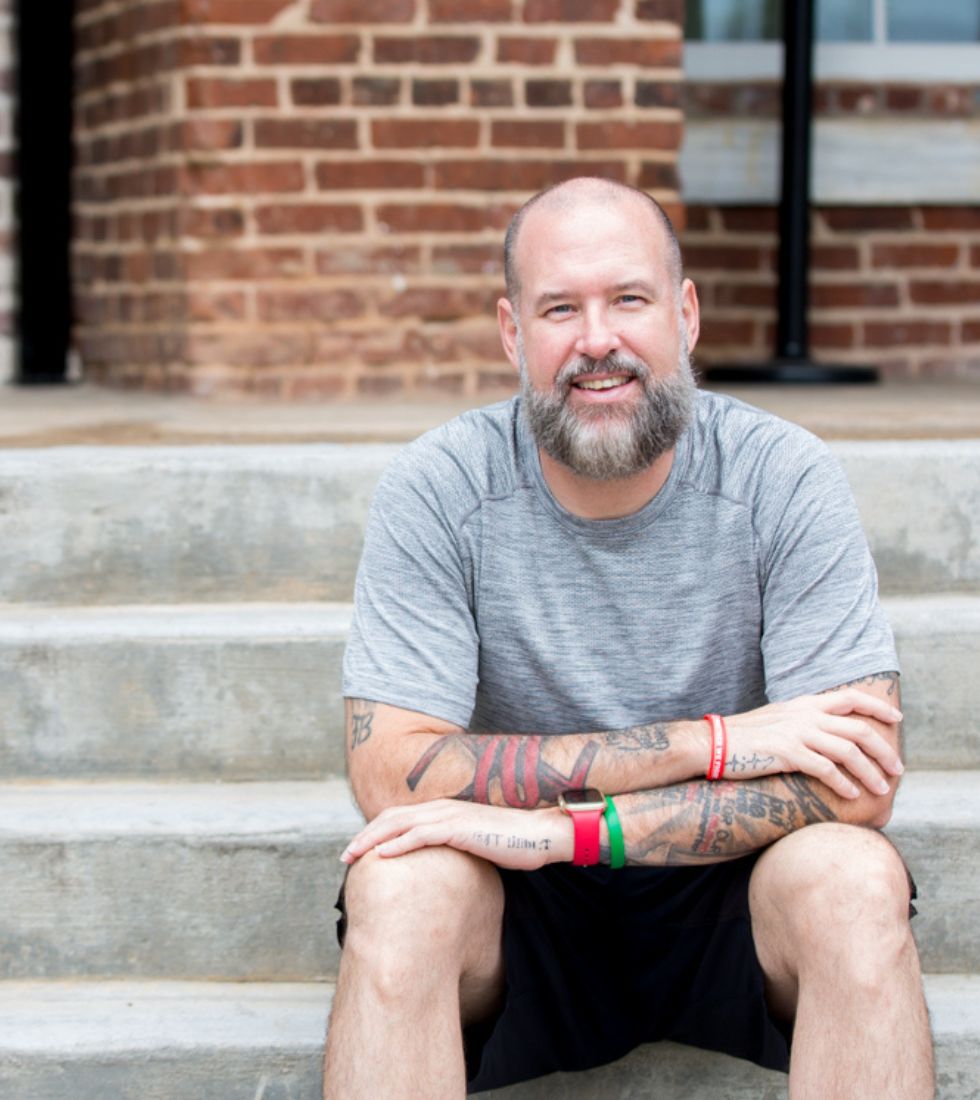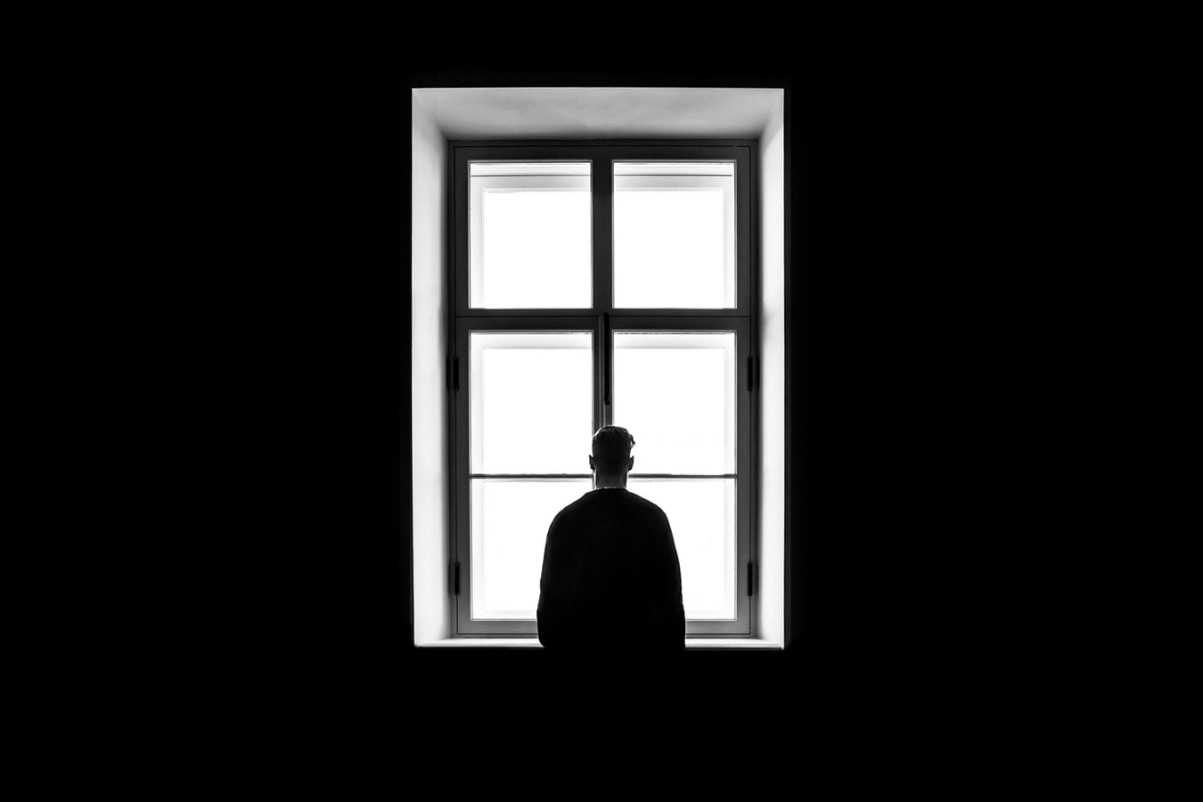Behavioral Activation May Be Effective for Depression
People with depression may find even the smallest task to be a huge obstacle that it keeps them from acting on things they need to address or work on. Too many times, moving forward in life poses a challenge and requires discomfort. Most people go through periods of adjustment during a transition from middle school to high school to college, or from one job to another. But depression can make these situations a tougher time to cope with. This doesn’t mean that they are less capable than anyone else. It’s their lack of confidence or the talent for imagining the worst case scenario that makes it hard for them to face the realities of life.
However, the results of a new study show that the right kind of coaching, encouragement, and education may be an effective treatment for depression. Very recently, a team of psychologists at the University of Washington compared four types of depression treatment: behavioral activation, cognitive-behavioral therapy, an antidepressant medication, and a placebo pill.
About 250 people with major depression were assigned to one of the 4 treatment groups. After a period of four months, patients in the behavioral activation (BA) group did at least as well as those receiving an antidepressant. Such results were a surprise. As per guidelines, cognitive therapy and antidepressants are the most effective treatments for depression. Somehow, BA was better than antidepressants as fewer patients that received BA dropped out of treatment than those who took the pill. Another intriguing finding was that BA appeared to be more effective than cognitive therapy when used on severely depressed patients.
What is Behavioral activation
Behavioral activation is a practice that does not tell patients to ‘just do it.’ It is more of a technique that helps people with depression to do what they usually tend to avoid. Those who believe in this type of therapy agree that it works because depression makes people tend to withdraw from stressful situations. In such a short period of time, they get some relief because they spare themselves the agony of confronting tough problems. But they also miss out on the rewards. For instance, a depressed man may phone in sick to avoid a possible confrontation with a co-worker. However, he misses out on the satisfaction that could come from getting his job done and earning a living eventually. Such avoidance leaves the original problem unchanged. Inaction only makes problems become worse and deepens depression which makes getting out of bed in the morning seem more difficult.
The logic behind BA is not to shame or blame the person for his problems. Depression usually makes people withdraw from activities that could be pleasurable and deprives them of the satisfaction that comes from engaging in life. Since activity can help increase enjoyment in life and relieve depression, patients are taught to adhere to a daily schedule and a gradual increase in their activity is made. Interrupting the circular, self-critical thinking usually associated with depression is the job of “therapists”. They pay attention to the present moment and actions that help reach long-term goals. Improving problem-solving skills makes up the third part of BA.
Differences Between Modalities
The difference between behavior therapy and cognitive therapy is that cognitive “therapist” spends time reviewing negative and distorted thinking, as well as self-defeating beliefs of depressed patients. According to the cognitive therapy model, thinking must change before behavior can. In a behavior therapy model such as the BA technique, a “therapist” tells the patient not to think too much. Simple strategies such as goal-setting, problem-solving, and attending to the task at hand become the focus, rather than on the overwhelming big picture. For many years, these two approaches have been closely linked through an approach called cognitive-behavior therapy (CBT), which purposely blends the two.
A better and happier existence does not depend on the success of ‘just do it’ over ‘getting in touch with your feelings.’ Usually, the answer lies somewhere in between. No one wants a life of grinding through tasks without feeling anything. Turning your attention away from the thoughts and feelings that undermine your functioning, and toward thoughts that promote it may prove to be a better action. Proponents of BA advise their patients to notice when they are dwelling on unproductive thoughts, and focus instead on the immediate sights and smells which they experience around them. The moment you begin to function better, it’s easier and more useful to examine your thoughts from a position of strength and to understand why they were so negative in the first place. The initiative to take action is not easy for a depressed person to do.
This is why a “therapist” has to be the encouraging coach or personal trainer who reminds a patient of the good that will come from doing difficult things. Although behavioral activation was the most effective treatment in the University of Washington study, it should not be taken as a replacement for CBT and antidepressant medication as the first treatment recommended for depression. The study demonstrates the value of including BA in a comprehensive plan for treating depression, especially in its most severe forms. It is neither a choice between one technique over the other. Combining approaches may give patients the best chance to feel better and do better.

Somatic coach (therapist) in Canton, GA, and Worldwide Life Coach dedicated to inspiring and assisting people worldwide through candid conversations about anxiety. Having personally battled general anxiety, panic disorder, and OCD, I understand the daily challenges those grappling with anxiety face. My journey involved searching for the right therapist, medication, and natural supplements and undergoing various tests. It was only after deciding to reclaim my life that I finally overcame anxiety’s hold. I’m passionate about helping others conquer their struggles and discover their life purpose.

